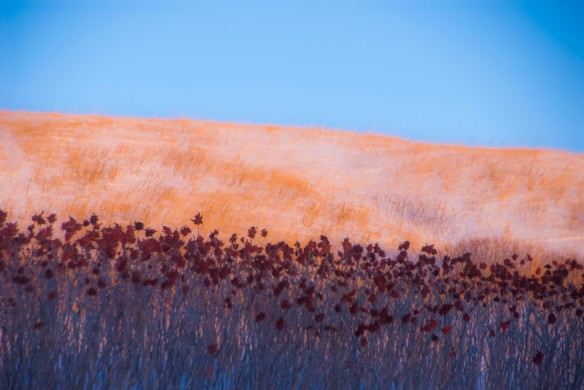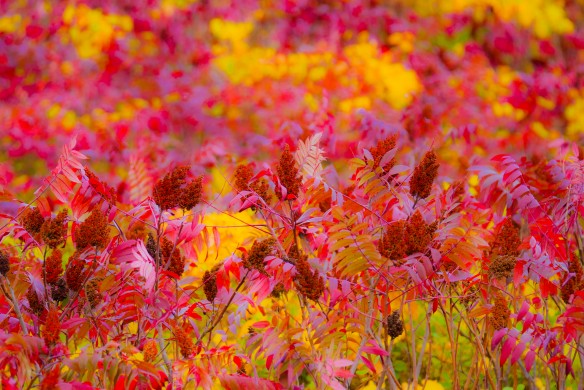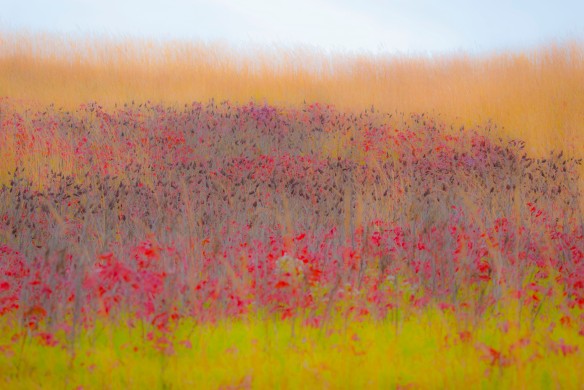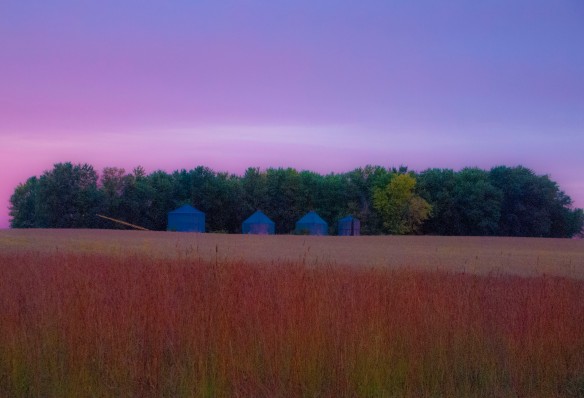An artist friend from the South expressed his dismay recently when a painting, one that was basically consisted of two halves of color, sold for $46.5 million. This Mark Rothko piece seemed to have a bit of Swedish flair about it since half of the canvas was painted yellow, and the other half blue, reminiscent of the country’s flag.
Like my friend, himself a painter of Southern Louisiana icons with an interesting style, I likely wouldn’t have shed even 47-cents for a painting that fetched millions. That said, good for the artist and his view of life through artistic expression. Rothko’s work seems to consist of numerous similarly painted canvases often in halves and sometimes in thirds, and always with interesting color combinations. One critic described Rothko’s work as “painted soft, rectangular forms floating on a stained field of color that were heavily influenced by mythology and philosophy.”
I’m okay with that, although in all honesty I somehow missed the “mythology and philosophy” while enjoying his “stained field(s) of color …”
His paintings, however, has inspired some thought. These past few weeks, and especially the last several days, have been spent scouring over my many images in preparation for the annual Upper Minnesota River Arts Meander. This gave me a chance to begin looking at my own “layering” of colors playing a key role of image composition … despite of various other details within a given image. Was the color interesting? Did it hold the eye? Was the blanket of color strong enough to carry the composition by itself as does Rothko’s?

More in line with Rothko’s use of color … yet the bobs of sumac and the prairie grasses add details to the image.
This caveat should be added: in no absolute terms am I placing myself in the same realm as Mark Rothko. Nor do I know how you define “artist,” or when your creations, which in my case is photography, crosses that magic line to become “art.” All of that is yet a mystery. In recent years my work has evolved in a direction that is different than that of my career as a photojournalist … although my current work is in presenting an imagery of the last one percent of what was once a continent-defining prairie. Each trip into a given prairie provides another level of education and imagery, of looking deeper into a disappearing and fragile ecological biome.
Within that context came “layering” … of seeing color beyond the grasses and forbs, and of how that color — that typically includes the color in the sky — actually defines a part of a prairie landscape.
Layering isn’t a recent term. Occasionally the word slipped into my presentations to photography groups when certain images appeared on the screen. This might have been a subconscious effort to explain the inclusion of the photograph that might have otherwise been passed off as some do Rothko’s painting. If you were to adhere to strict rules of composition, then perhaps some of my images might not be presented for viewing, and even if they were, would they be accepted as good photography or, perhaps even as “modern” art? Yet, capturing these odd layering of colors and light is a technique I find pleasing. And, interesting. Defining, even.
Imagery as an art form depends on the use of light and color, of how those attributes are used as tools of composition. “Great” may be wholly misunderstood in this context, for I wouldn’t consider any of my images necessarily as such, yet I do find them interesting in regard to the “layering” of the colors and light. More pleasing for me is capturing other elements into the concept of the natural layering of light and colors.
In the end, this is all fun and folly. An internet search gave me a broadened vision of Rothko’s work. While I enjoyed his mix of color combinations, placing any abstract meaning to his work is well beyond my simple mind. However, if offered $46.5 million for one of my photographic images using what I call layering, I’m fairly certain I would take money. My momma may not have reared an artist, but she certainly didn’t raise a no fool!







Gorgeous photography! And inspiring … going to take my camera out for more fall photos.